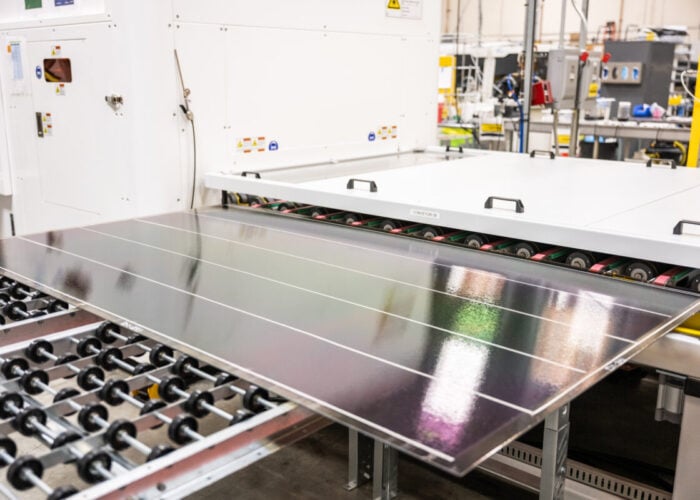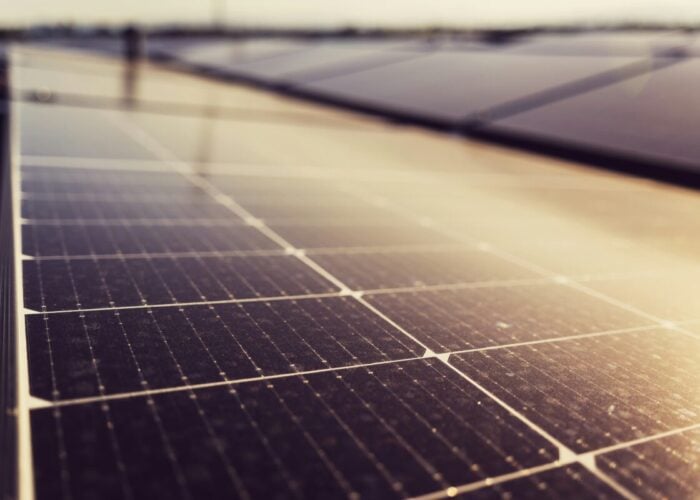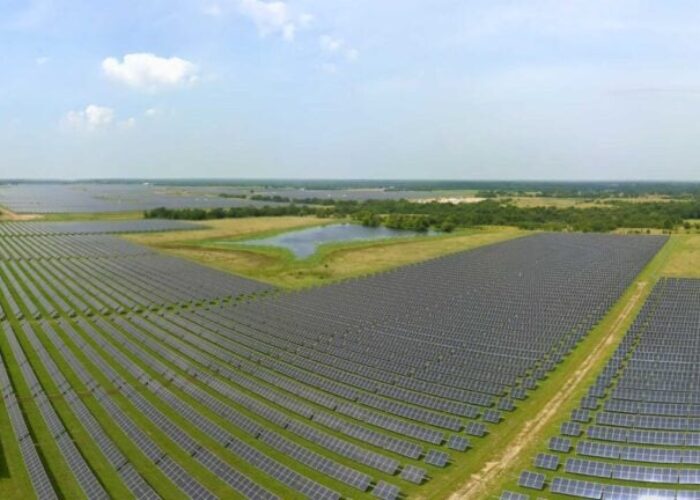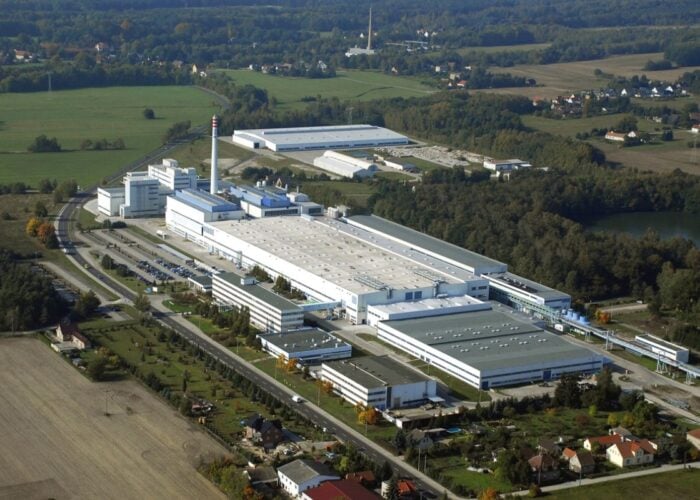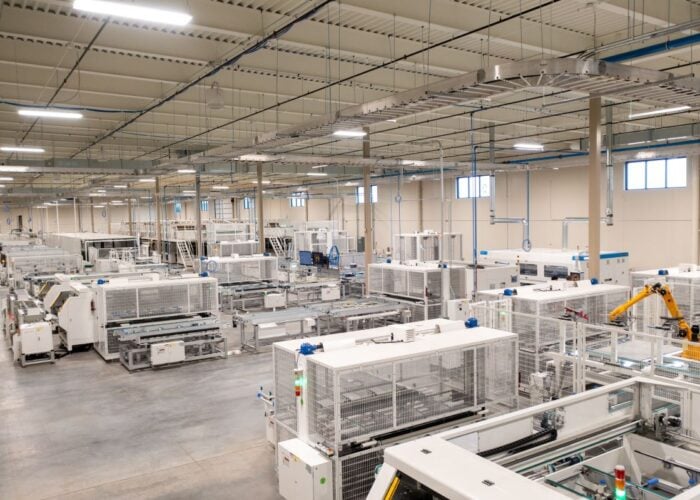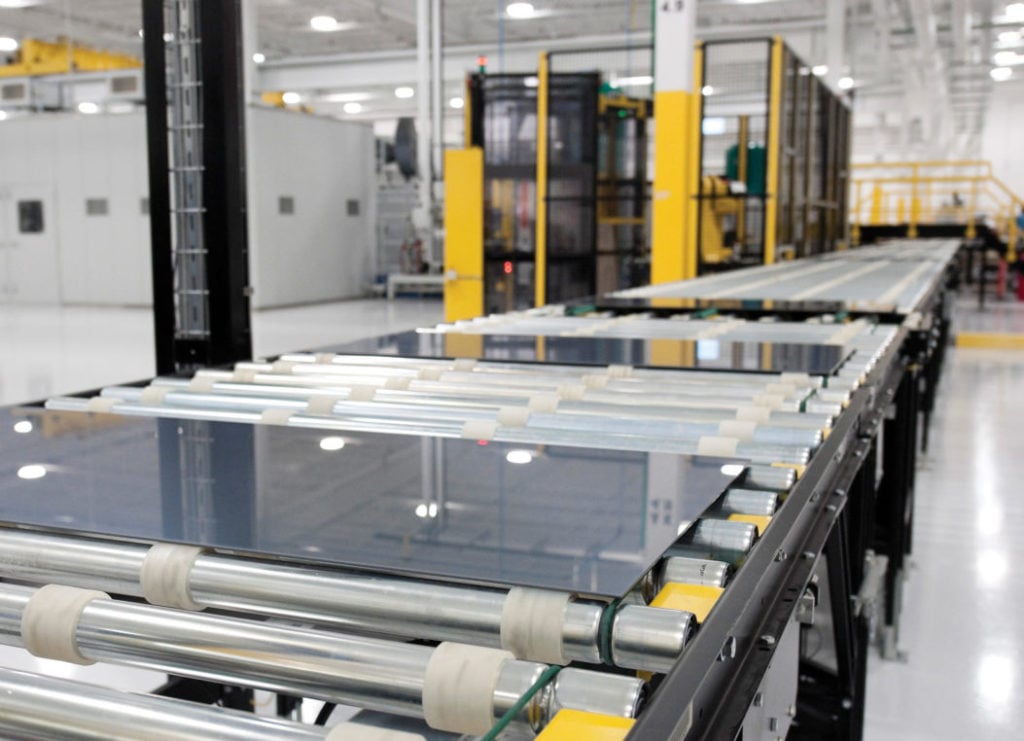
2024 is already shaping up to be a busy, intense year for the US solar industry. We at Clean Energy Associates (CEA) are advising our clients to expect a continuation of 2023’s impressive growth in deployment and a wave of new solar factories coming online.
With this new capacity and the ongoing buildout in Southeast Asia and India, we can expect US module prices to continue to fall, somewhat narrowing the gap between US and global prices. And while we hope to reach greater clarity on incentives in the Inflation Reduction Act (IRA), we also expect still more restrictions on the participation of Chinese companies in the US market.
Unlock unlimited access for 12 whole months of distinctive global analysis
Photovoltaics International is now included.
- Regular insight and analysis of the industry’s biggest developments
- In-depth interviews with the industry’s leading figures
- Unlimited digital access to the PV Tech Power journal catalogue
- Unlimited digital access to the Photovoltaics International journal catalogue
- Access to more than 1,000 technical papers
- Discounts on Solar Media’s portfolio of events, in-person and virtual
Here are the top three trends that CEA sees for the US solar industry in 2024.
#1: More US factories
A truly awesome volume of US PV module factory announcements has followed the passage of the IRA — more than 140 gigawatts of annual capacity at last count. Although not all of these will get built, and certainly not on announced timelines, the United States’ PV module sector is already in the midst of a massive expansion.
CEA tracks the delivery of manufacturing tools to US factories, a measure that can show which facilities are likely to come online in the near term. Large-scale PV module factories by eight different manufacturers, which together represent more than 20GW of new capacity, received equipment in 2023. This includes ongoing expansions at QCells and First Solar. In total, we expect the United States to reach 35 GW of module capacity by the end of this year — around 4.5x the capacity only 24 months prior.
This growing availability of domestic PV modules gives buyers more options and provides some insulation from new and existing trade barriers. These capacity additions also give the international companies behind many of these factories the option to supply the US market either from overseas or domestically.
When it comes to PV cell factories, there is both a smaller announced capacity and slower progress. Even so, we expect the first US cell manufacturing in seven years to come online in 2024.
The ingot and wafer space, by contrast, is less promising. Here, fewer announcements for US factories are backed by credible plans, financing and/or the experience needed to pull off mass production. This means ongoing reliance on China and Southeast Asia for solar wafers.
#2: Clarity on the Domestic Content Bonus
The US Department of Treasury’s May 2023 interim rules for claiming the Domestic Content Bonus to the Investment Tax Credit and Production Tax Credit have proven challenging — to put it mildly — for US solar developers. In addition to the difficulty inherent in meeting or even calculating minimum domestic content levels in manufactured products, gaps in the guidance left more questions than answers.
Treasury’s use of “direct costs” to calculate compliance with the minimum portion of manufactured product has been particularly controversial, as some solar manufacturers have declined to share this information. Regardless, no guarantee exists that Treasury will shift to another means of calculating domestic content in its final rules, which we expect in Q2 of 2024.
However, we hope the new rules will say how electrical balance of systems (eBOS) and aluminum racking are classified in terms of the two domestic content tests, and whether eBOS will be considered in calculating domestic content for manufactured products.
We expect that with final rules and greater clarity from Treasury, at least some developers and project owners should be able to claim this credit — and that others can stop wasting their time trying.
#3: More restrictions on Chinese companies and products
Enforcement of the Uyghur Forced Labor Prevention Act (UFLPA) against Chinese solar companies caused significant disruption to US solar imports in 2022 and 2023. We also saw several new and attempted restrictions on the participation of companies with Chinese ownership and affiliations in the US battery and electric vehicle (EV) markets last year.
These efforts included a strict proposed interpretation by the US Department of Energy (DOE) of the “foreign entity of concern” rules affecting which vehicles can claim the main US federal tax incentive for new electric vehicles. If finalised in its current form, DOE’s interpretation would bar companies with more than 25% of their board seats held by members of the Chinese government, the Chinese Communist Party, and their family members from supplying components or materials to EVs that benefit from this credit.
Also, at the end of 2023, Congress passed a defense spending bill which prevents the US military from contracting with the six largest Chinese battery makers, effective in 2027.
CEA expects these trends toward restrictions on the participation of Chinese companies and Chinese products in the solar, battery and EV markets to continue in 2024 and possibly expand through new laws and regulations.
CEA sees an expansion of UFLPA enforcement, including to batteries, as a particularly high risk that companies in the industry need to prepare for. Following the pattern of solar detections, we expect UFLPA battery detentions to target the largest manufacturers. Beyond the impact on battery markets, such action could also affect solar deployment in California, Texas and other markets where solar is increasingly being paired with energy storage.
The possibility also exists of legislation to directly restrict the ability of Chinese companies to receive IRA tax credits, including the Section 45X credit. There is currently a bill in the US House of Representatives to this effect. But while the NO GOTION Act lacks bipartisan support, there is a risk that a similar bill could pass in the future if both parties get behind it. And these are only some of the potential avenues for such restrictions that may emerge in 2025.
A wild ride into 2025?
In addition to these risks are the potential ramifications of the November elections, which could lead to major policy changes that affect solar markets and manufacturing come 2025.
In April 2023, a bill which would have repealed the IRA’s extension of any changes to the Investment Tax Credit (ITC) and the Production Tax Credit (PTC) passed the US House on a partisan basis. The bill died in the US Senate.
As such, a change in the partisan control of the Senate and the US presidency in November carries with it the chance that the ITC and PTC could be removed in 2025. This would cause large-scale solar and battery project cancellations. It would also likely derail many solar and battery factories whose sole business model is to serve a growing US market. It is possible any attempts at repeal would be blocked by politicians whose districts would lose factories and jobs, but it is not certain.
Either way, the drive to shift clean energy supply chains away from China and to restrict Chinese companies’ access to US subsidies comes from both parties. CEA expects that even without ITC or PTC repeal new import, investment, or other restrictions on Chinese companies, products and/or investors are likely – no matter who wins the election.
US solar deployment is still at an all-time high and should continue at that pace through at least the rest of this year. However, there is the potential for policy upheaval that could dramatically change market conditions. The tide is high, but the coming weather is uncertain.
Christian Roselund is the senior policy analyst at Clean Energy Associates (CEA), where he leads global and US policy research for CEA’s Market Intelligence division.


